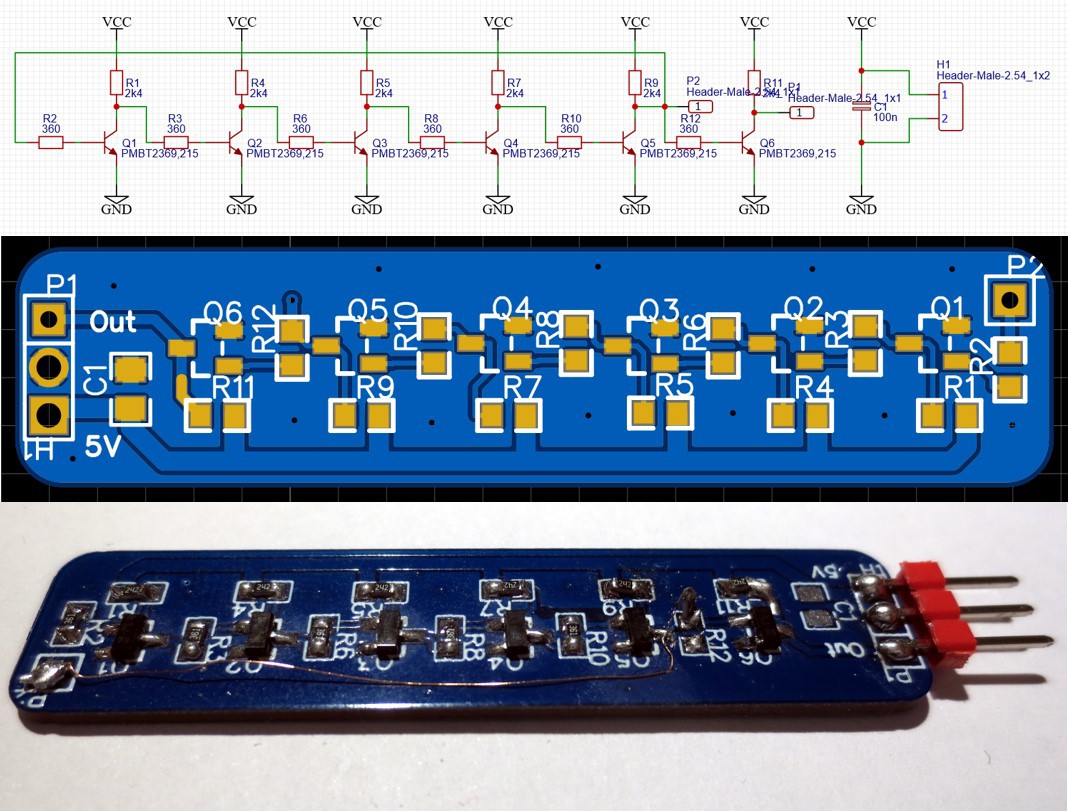Why is it so difficult to identify the fastest transistor for our application from merily looking at the datasheets?
One issue is that many transistor types are not characterized for saturation switching operation anymore and hence little information about that use case is available in the datasheet. As it turns out, many newer transistor types are not optimized for this operational mode either...
A second issue is that most datasheets only list maximum and minimum values. These usually represent garuanteed test limits, but they are not necessarily representative for the typical performance of the device.
In an ideal world, all of this could be solved by simulation. Unfortunately, I had very mixed results using spice models provided by different vendors. In some cases this may be, because the spice model is not finetuned to switching operations.
In the end, the only way is to actually test various candidate devices. The tool of the trade is the ring oscillator.

The images above shows a single RTL inverter including design settings. I used a 2.4 kOhm collector resistor and 360 Ohm base resistor for all investigations. To form an oscillator, an odd number of inverters have to be connected in a circular fasion.

The picture above shows the design I used for most of my investigation. The first five inverters form the ring oscillator, the sixth inverter is used as an output buffer to make sure there is a well defined load on the oscillator.
Btw - the wire was used to fix a flaw in the first revision of the PCB.

The image above shows a smaple measurement from the article i linked above. By changing supply voltage it is possible to investigate the behavior it difference current settings. The propagation deleay of individual gates can be easily deduced from the oscillator frequency by tpd=1/(2*5*fosc).
 Tim
Tim
Discussions
Become a Hackaday.io Member
Create an account to leave a comment. Already have an account? Log In.